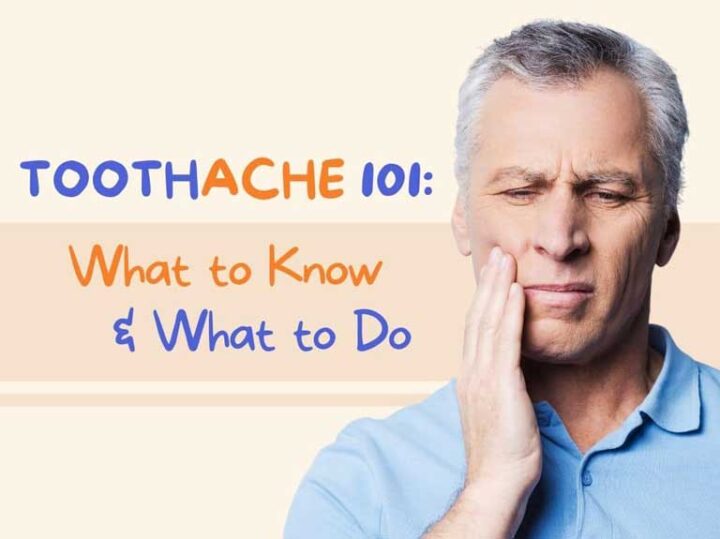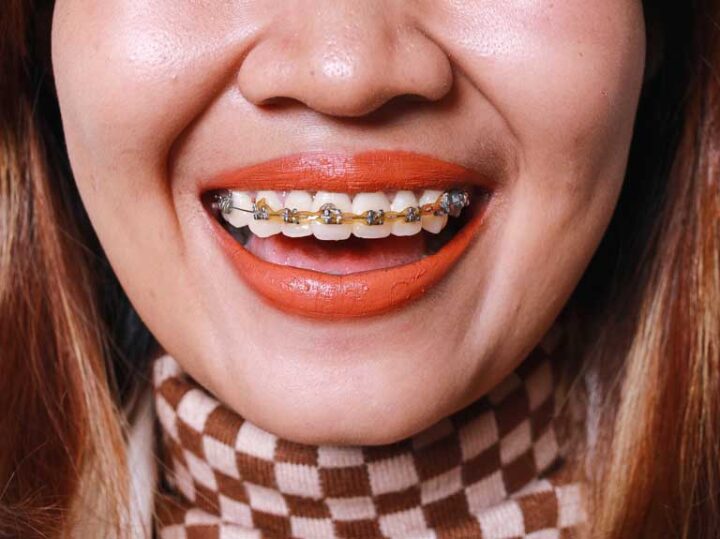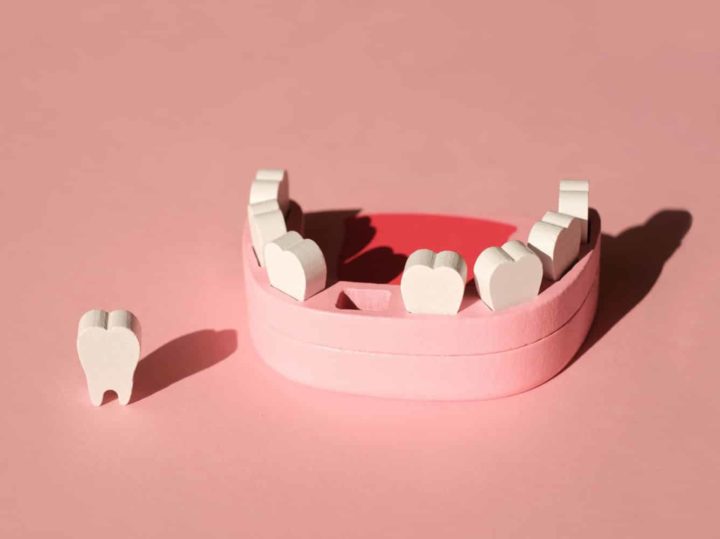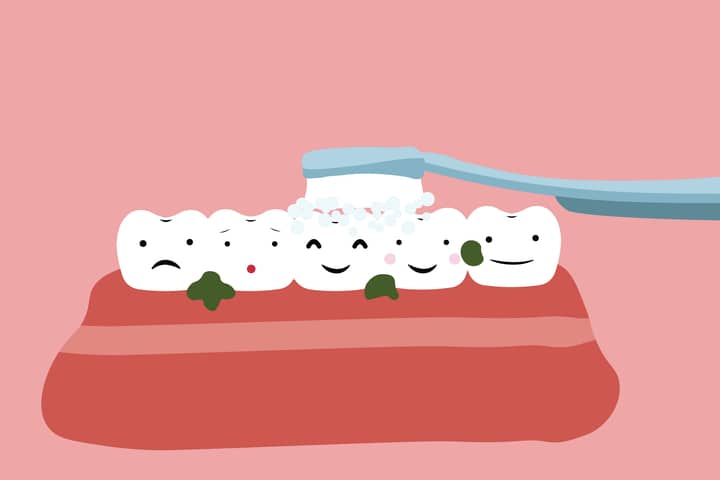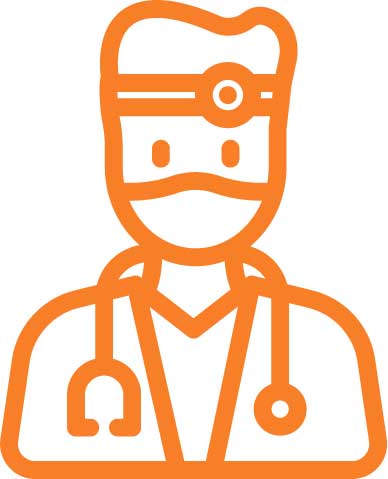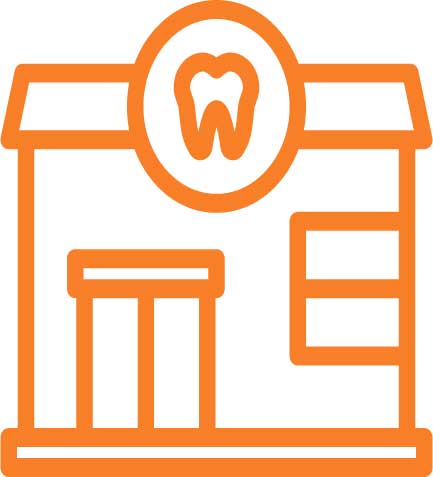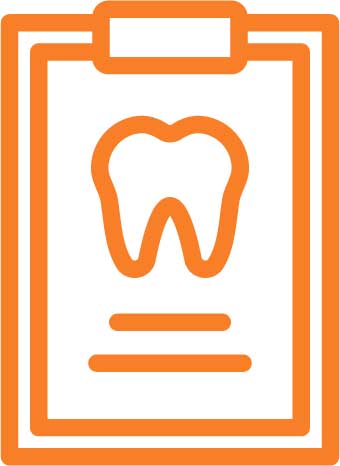Braces aren’t just for teenagers. Now many adults are making the choice for straighter teeth and investing in orthodontics. Dr How takes us through the in and outs for braces.
I had braces as a teenager but my teeth have moved out of place?
After you completed wearing braces as a teenager you would have been issued a retainer to wear, most commonly a piece of wire fixed behind the teeth. After your teeth have stabilised you can forgo wearing this as well.
But our teeth do continue to move throughout our lifetime so it’s not unusual for gaps to start forming and our bite to change a little as we age.
I want straighter teeth but don’t want to wear metal braces on my teeth for years. Are there any alternatives?
These days a very good alternative to wearing fixed braces is clear aligners. These are clear, removable appliances that sit over the teeth, like a mouthguard, but specially engineered for you.
A set of aligners is used to move your teeth into position (one set is 2 aligners, one for the upper arch and one for the lower arch). A set may be as few as 4 or 5 (sometimes less) or as many as 30 sets of appliances, depending on the movement required.
Aligners are easy to wear and easy to keep clean and are simple to replace if you lose them. You can also remove the appliance to clean your teeth.
Aligners are customized specifically for your teeth, and utilizing assistive technologies such as artificial intelligence, treatment duration is as efficient and sometimes a little faster, than traditional fixed braces.
Is there an age limit for orthodontics?
It is recommended that children are assessed by an orthodontist around the age of 7 years. There is no age limit at which you are too old to start orthodontics; the oldest patient I’ve treated was 86! Today’s orthodontic technologies ensure the most efficient and effective path for orthodontic correction.
How long will I have to wear them?
18 months or so is generally required for treatment, with retainers being worn thereafter. If you don’t wear retainers your teeth will move very quickly.
Some treatments take a lot longer because the orthodontic condition is complex.
How often will I need to visit the dentist/hygienist for visits?
Visits to the orthodontist are usually every 6 to 8 weeks, with some variation. You are encouraged to have cleanings more regularly than every six months if you have fixed braces, because some people find it difficult to keep their teeth properly clean, particularly as the sugary particles stick to the braces as they do to your teeth. Not keeping your teeth and mouth clean during orthodontic treatment can cause white spots on your teeth and can compromise the final result.
Any negatives when wearing braces?
You do need to be mindful to avoid certain foods – popcorn and nuts are the biggies to be avoided, hard foods such as raw carrots and crisp apples need to be cut into bite-sized pieces, and a crusty baguette should be consumed from the soft inside only. Drink water after sugary drinks and the like if you cannot avoid them altogether, because the sugars will stick to the surfaces of the braces as they do to your teeth.
Are braces only for aesthetic purposes?
No. Untreated tooth and jaw alignment problems can contribute to other problems. Overcrowded teeth can contribute to periodontal (gum and bone) problems; an unstable bite due to jaw or tooth mal-alignment can lead to joint or muscle problems.
 Dr Thushala Ubaya
Dr Thushala Ubaya
BDS (Hons) London, FDS Orth RCS (Edinburgh), M Orth RCS (Edinburgh), MSc
(Orthodontics) (Glasgow)
Dr Thushala has over 20 years experience in dentistry and orthodontics. She has spent her
professional career in the United Kingdom, including working in senior positions in the NHS and in private practice.


